There have been strings of very public suicides much too often, which leaves people feeling sad and uncertain. From Chester Bennington, to Robin Williams, Avicii, Kurt Cobain, Kate Spade and Anthony Bourdain, many people are left scratching their heads. Wondering what’s going on and what steps are being taking towards the goal of preventing suicide for those who suffer from depression, and other factors, that would lead one to take their own life.
Suicide is a societal problem, affecting not only families and loved ones, but the community as a whole. Most people suffer from depression at some time in their lives. Some people experience it much more severely, and for a longer period of time.
To do our part to help prevent suicides, help ourselves or loved ones feel better, we need to gain a better understanding of the reasons behind it. In this article, we discuss suicide causes and what you can do.
Preventing Suicide
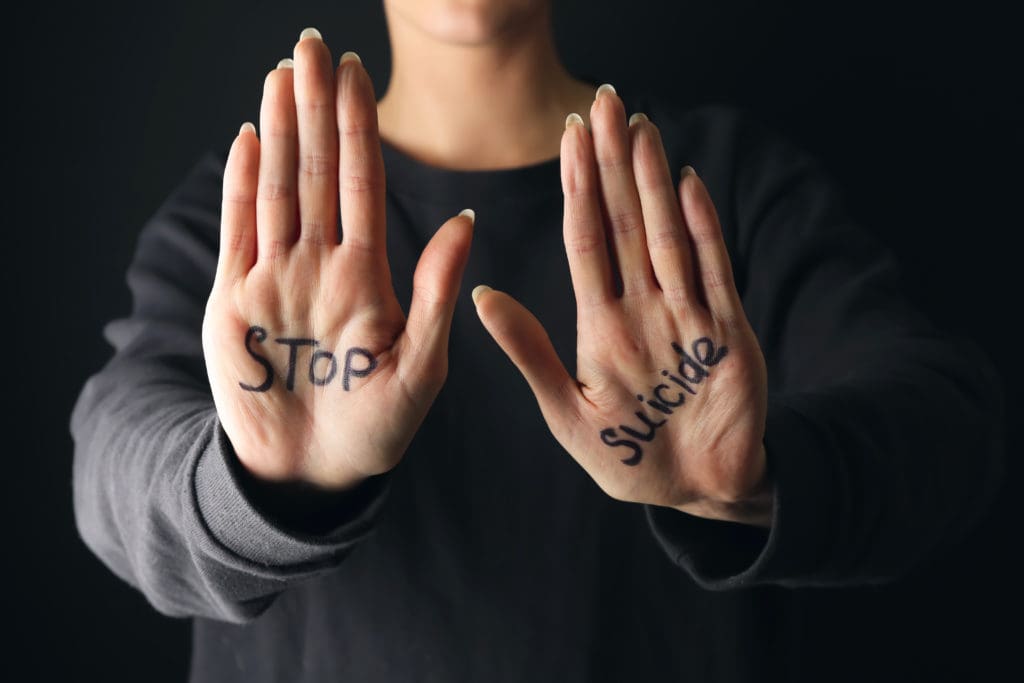
If You Know Someone in Crisis
Call the toll-free National Suicide Prevention Lifeline (NSPL)at 1-800-273-TALK (8255), 24 hours a day, 7 days a week. The service is available to everyone. The deaf and hard of hearing can contact the Lifeline via TTY at 1-800-799-4889. All calls are confidential. Contact social media outlets directly if you are concerned about a friend’s social media updates or dial 911 in an emergency. Learn more on the NSPL’s website.
If you or a loved one are in need of a behavioral health facility, Oglethorpe Inc has facilities across the country. Please check the Oglethorpe Facility Locator for a treatment center near you.
Introduction to Preventing Suicide
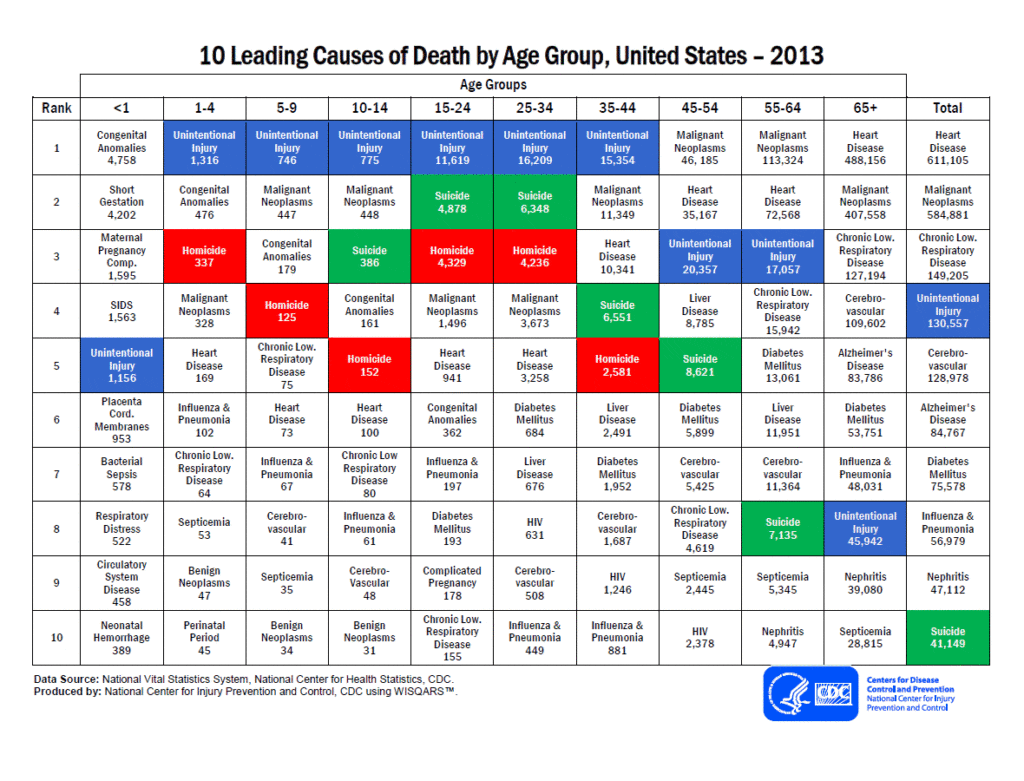

Suicide is a major public health concern. Over 40,000 people die by suicide each year in the United States; it is the 10th leading cause of death overall. Suicide is complicated and tragic but it is often preventable. Knowing the warning signs, and knowing where to turn for help with suicide prevention can save lives.
Signs and Symptoms
The behaviors listed below may be signs that someone is thinking about suicide.
- Talking about wanting to die or wanting to kill themselves
- Talking about feeling empty, hopeless, or having no reason to live
- Making a plan or looking for a way to kill themselves, such as searching online, stockpiling pills, or buying a gun
- Talking about great guilt or shame
- Talking about feeling trapped or feeling that there are no solutions
- Feeling unbearable pain (emotional pain or physical pain)
- Talking about being a burden to others
- Using alcohol or drugs more often
- Acting anxious or agitated
- Withdrawing from family and friends
- Changing eating and/or sleeping habits
- Showing rage or talking about seeking revenge
- Taking great risks that could lead to death, such as driving extremely fast
- Talking or thinking about death often
- Displaying extreme mood swings, suddenly changing from very sad to very calm or happy
- Giving away important possessions
- Saying goodbye to friends and family
- Putting affairs in order, making a will
If these warning signs apply to you or someone you know, get help as soon as possible, particularly if the behavior is new or has increased recently. One resource is the National Suicide Prevention Lifeline, 1-800-273-TALK (8255). The Lifeline is available 24 hours a day, 7 days a week. The deaf and hard of hearing can contact the Lifeline via TTY at 1-800-799-4889.
Suicide and Risk Factors
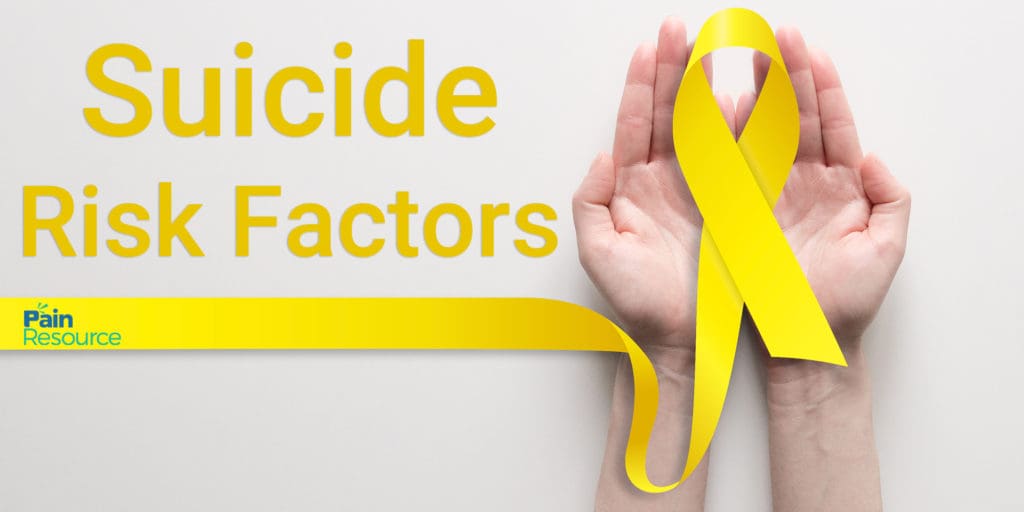

- Depression, other mental disorders, or substance abuse disorder
- Certain medical conditions
- Chronic pain
- A prior suicide attempt
- Family history of a mental disorder or substance abuse
- Family history of suicide
- Family violence, including physical or sexual abuse
- Having guns or other firearms in the home
- Having recently been released from prison or jail
- Being exposed to others’ suicidal behavior, such as that of family members, peers, or celebrities
Many people have some of these risk factors but do not attempt suicide. It is important to note that suicide is not a normal response to stress. Suicidal thoughts or actions are a sign of extreme distress, not a harmless bid for attention, and should not be ignored.
Often, family and friends are the first to recognize the warning signs of suicide and can be the first step toward helping an at-risk individual find treatment with someone who specializes in diagnosing and treating mental health conditions. See the resources on “Find Help for Mental Illnesses” page if you’re not sure where to start.
Do gender and age affect suicide risk?
Men are more likely to die by suicide than women, but women are more likely to attempt suicide. Men are more likely to use deadlier methods, such as firearms or suffocation. Women are more likely than men to attempt suicide by poisoning. The most recent figures released by the CDC show that the highest rate of suicide deaths among women is found between ages 45 and 64, while the highest rate for men occurs at ages 75+. Children and young adults also are at risk for suicide. Suicide is the second leading cause of death for young people ages 15 to 34.
What about different racial/ethnic groups?
The CDC reports that among racial and ethnic groups, American Indians and Alaska Natives tend to have the highest rate of suicides, followed by non-Hispanic Whites. African Americans tend to have the lowest suicide rate, while Hispanics tend to have the second lowest rate.
5 Suicide Prevention Steps for Helping Someone in Emotional Pain
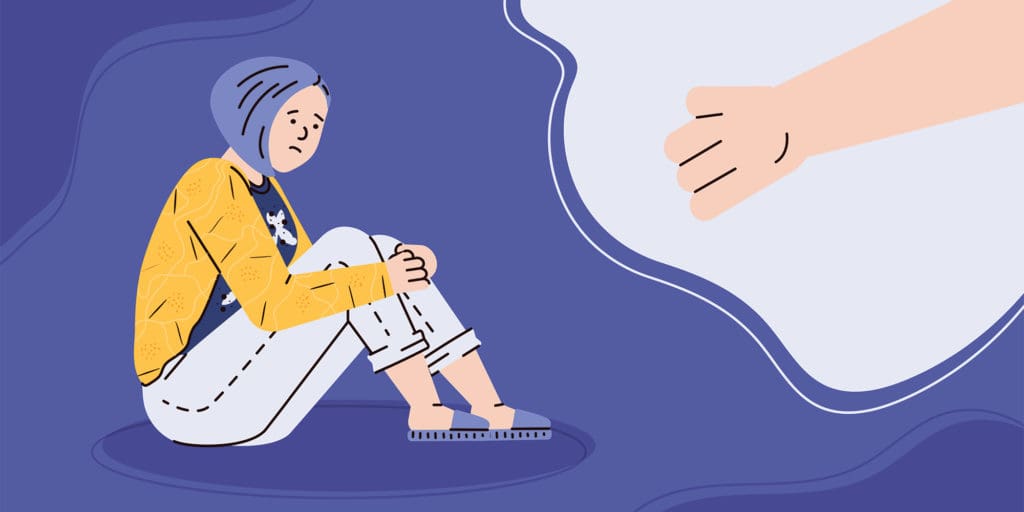

- Ask: “Are you thinking about killing yourself?” It’s not an easy question but studies show that asking at-risk individuals if they are suicidal does not increase suicides or suicidal thoughts.
- Keep them safe: Reducing a suicidal person’s access to highly lethal items or places is an important part of suicide prevention. While this is not always easy, asking if the at-risk person has a plan and removing or disabling the lethal means can make a difference.
- Be there: Listen carefully and learn what the individual is thinking and feeling. Findings suggest acknowledging and talking about suicide may in fact reduce rather than increase suicidal thoughts.
- Help them connect: Save the National Suicide Prevention Lifeline’s number in your phone so it’s there when you need it: 1-800-273-TALK (8255). You can also help make a connection with a trusted individual like a family member, friend, spiritual advisor, or mental health professional.
- Stay Connected: Staying in touch after a crisis or after being discharged from care can make a difference. Studies have shown the number of suicide deaths goes down when someone follows up with the at-risk person.
More ideas for suicide prevention
Instant access: It may be helpful to save several emergency numbers to your cell phone. The ability to get immediate help for yourself or for a friend can make a difference.
- The phone number for a trusted friend or relative
- The non-emergency number for the local police department
- The Crisis Text Line: 741741
- The National Suicide Prevention Lifeline: 1-800-273-TALK (8255).
Social Media: Knowing how to get help for a social media friend can save a life. Contact the social media site directly if you are concerned about a friend’s updates or dial 911 in an emergency. Learn more on the NSPL’s website.
Preventing Suicide: Treatments and Therapies

Research has shown that there are multiple risk factors for suicide and that these factors may vary with age, gender, physical and mental well-being, and with individual experiences. Treatments and therapies for people with suicidal thoughts or actions will vary as well. NIMH has focused research on strategies that have worked well for mental health conditions related to suicide such as depression and anxiety.
Psychotherapies
Multiple types of psychosocial interventions have been found to be beneficial for individuals who have attempted suicide. These types of interventions may prevent someone from making another attempt. Psychotherapy, or “talk therapy,” is one type of psychosocial intervention and can effectively reduce suicide risk.
One type of psychotherapy is called cognitive behavioral therapy (CBT). CBT can help people learn new ways of dealing with stressful experiences through training. CBT helps individuals recognize their own thought patterns and consider alternative actions when thoughts of suicide arise.
Another type of psychotherapy, called dialectical behavior therapy (DBT), has been shown to reduce the rate of suicide among people with borderline personality disorder, a serious mental illness characterized by unstable moods, relationships, self-image, and behavior. A therapist trained in DBT helps a person recognize when his or her feelings or actions are disruptive or unhealthy, and teaches the skills needed to deal better with upsetting situations.
NIMH’s Find Help for Mental Illnesses page can help you locate a mental health provider in your area.
Preventing Suicide: Medication
Some individuals at risk for suicide might benefit from medication. Doctors and patients can work together to find the best medication or medication combination, as well as the right dose.
Clozapine, is an antipsychotic medication used primarily to treat individuals with schizophrenia. However, it is the only medication with a specific U.S. Food and Drug Administration (FDA) indication for reducing the risk of recurrent suicidal behavior in patients with schizophrenia or schizoaffective disorder who are at risk for ongoing suicidal behavior. Because many individuals at risk for suicide often have psychiatric and substance use problems, individuals might benefit from medication along with psychosocial intervention for preventing suicide.
If you are prescribed a medication, be sure you:
- Talk with your doctor or a pharmacist to make sure you understand the risks and benefits of the medications you’re taking.
- Do not stop taking a medication without talking to your doctor first. Suddenly stopping a medication may lead to “rebound” or worsening of symptoms. Other uncomfortable or potentially dangerous withdrawal effects also are possible.
- Report any concerns about side effects to your doctor right away. You may need a change in the dose or a different medication.
- Report serious side effects to the U.S. Food and Drug Administration (FDA) MedWatch Adverse Event Reporting program online or by phone at 1-800-332-1088. You or your doctor may send a report.
Other medications have been used to treat suicidal thoughts and behaviors but more research is needed to show the benefit for these options. For basic information about these medications, you can visit the NIMH Mental Health Medications webpage. For the most up-to-date information on medications, side effects, and warnings, visit the FDA website.
If you or a loved one is suffering from depression, please know that their is hope. Preventing suicide will need you to be as informed as you can about the subject, and reach out to experts in the space for help.
[su_box title=”Mental Health Assistance” box_color=”#790202″ id=”mental-health”]If you or a loved one needs help with behavioral health or drug & alcohol addiction, please find a facility that can can help as soon as possible.[/su_box]
Have you or someone close to you dealt with suicidal thoughts?
Please share in the comments below!
What topics related to depression and suicide prevention would you like to see us cover next?
Email us at info@painresource.com with your ideas.
Did you know we have different groups for different conditions?



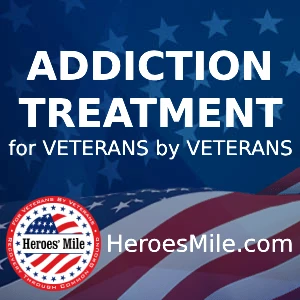

I just wanted to reinforce the idea that talking to someone who is suicidal about their ideations is more likely to help them than cause more damage. Often times, people in that state feel that no one actually understands just how bad they’re feeling and just having one person reach out and ask the uncomfortable questions in an empathetic way will make a huge difference. I know it’s awkward and uncomfortable to have to bring up such a seemingly taboo topic (even though it absolutely shouldn’t be taboo, it needs to be as acceptable to suffer from mental illness and ask for help as it is it you’re suffering from physical ailments), but please try not to make the person feel ashamed for feeling this low, and definitely don’t minimize the problem they’ve been dealing with because to them, their problem is very real and serious enough that they’re considering ending their life over. A little compassion and time go A long way. Be courteous and Kind and realize they may not be in their usual frame of mind. Tell them that they matter and if you’re able to make the commitment, offer to help them to find mental health resources and just be there for them until they’re out of the woods. If you’re unable to be that person, reach out to someone else and voice your concerns, and then let the suicidal person know you’re thinking about them and offer to check in in a few days.
Seriously,a little compassion and kindness go a long way
Well said, Jennifer! We couldn’t agree with you more.